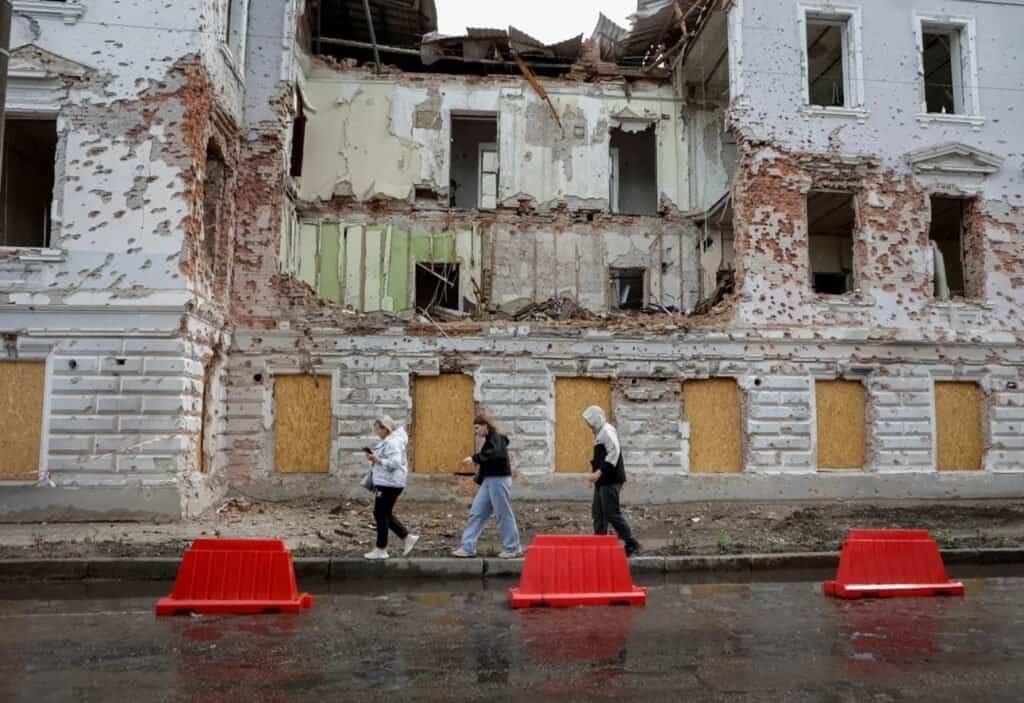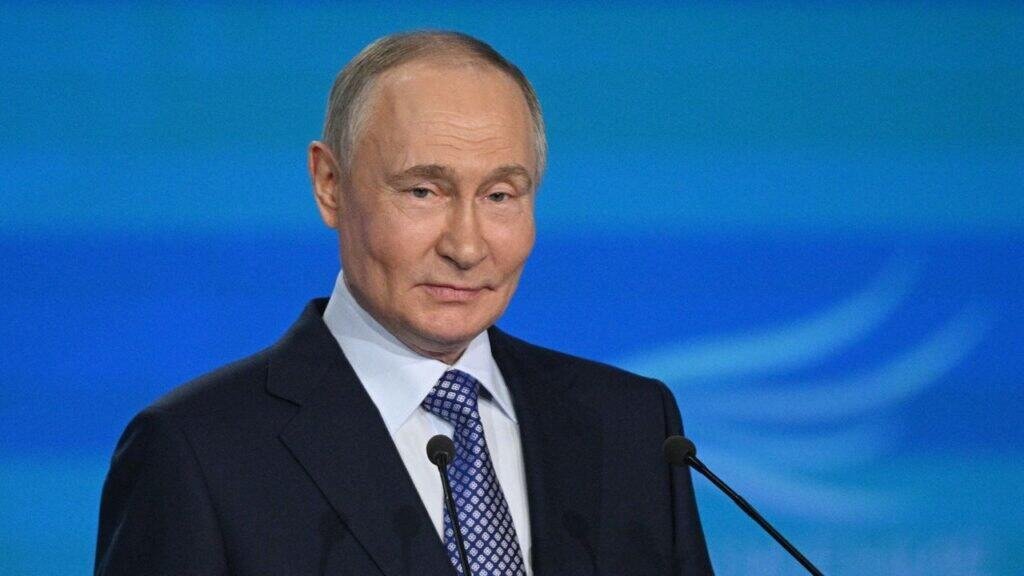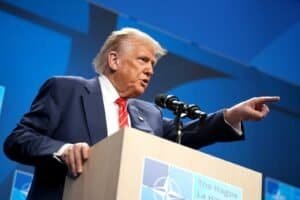For months, officials in Kyiv had warned of a large-scale Russian summer offensive aimed at seizing more territory in eastern Ukraine. So far, results have fallen short of expectations — but Russian forces have still made tactical gains and significantly increased their military presence in key sectors.
Russian President Vladimir Putin remains committed to his territorial ambitions, while peace talks have largely stalled. Last week, he repeated one of his most controversial justifications for the war:
“I see the Russian and Ukrainian peoples as one,” he declared. “In that sense, all of Ukraine is ours.”
Yet Ukraine has launched counteroffensives in several areas, and is rapidly developing a domestic arms industry. Meanwhile, Russia’s war-time economy is showing signs of growing strain.
🔥 On the front lines: slow but intense battles
Russian troops are pressing forward along a 1,200-kilometer front, trying to exploit weaknesses in Ukraine’s defenses. According to Ukraine’s top military commander Oleksandr Syrskyi, more than 111,000 Russian troops are currently deployed near the critical city of Pokrovsk in Donetsk, up from 70,000 in December.
Syrskyi said Russia’s northern incursion into the Sumy region has stalled, while the Institute for the Study of War (ISW) confirmed Ukraine had regained some territory, even as Russian advances continued along the Donetsk–Dnipropetrovsk border.
On Saturday, Russia’s Ministry of Defense claimed to have captured the village of Zirka. However, DeepState, a well-regarded Ukrainian open-source analysis group, warned that “Ukrainian defense is collapsing rapidly” in some sectors — raising alarm in Kyiv.
👥 Ground tactics shift: Ukraine adapts under fire
Russia is combining infantry assaults with limited drone support, but lacks sufficient armored forces. This has forced Ukraine to rely on smaller, camouflaged positions to avoid aerial detection.
Ukraine’s Defense Minister Rustem Umerov said that fortifications are now being designed to blend with the landscape, making them harder to target.

🛩️ The drone war: Russia floods the skies
Drones have become the defining weapon of this phase of the war. Russia is producing cheap drones at scale to overwhelm Ukraine’s air defenses, particularly in major cities like Kyiv, where damage and civilian casualties have risen sharply.
President Volodymyr Zelensky reported that in one night alone, 477 drones and 60 missiles struck Ukraine — the majority being Iranian-made Shaheds.
According to Umerov, Russia is deploying up to 500 Shahed drones nightly, ensuring that at least some break through.
In just one week, Ukraine’s military reported over 23,000 Russian kamikaze drones used on the front line. Russia reportedly produces around 200 Shaheds per day and has a stockpile of 6,000 units, not including 6,000 decoy drones.
Meanwhile, Ukraine is ramping up its own production of long-range drones to strike Russian refineries, airfields, and infrastructure. Umerov said “tens of thousands” of drones will be produced this year, in addition to over 4 million battlefield drones already in the pipeline.
💣 Russia’s economy under pressure
Despite maintaining an advantage in weapons production — with state-owned Rostec producing 80% of Russia’s war supplies — the Russian economy is beginning to buckle.
Putin has admitted that a sharp economic downturn is inevitable, with rising inflation and drained reserve funds.
- Economy Minister Maxim Reshetnikov stated the country is “on the brink of recession.”
- Central Bank Governor Elvira Nabiullina warned that Russia’s reserve funds are nearly depleted.
- Putin himself acknowledged the risk of economic stagnation, saying it “must not be allowed under any circumstances.”
🧭 Conclusion: The war drags on — grinding but persistent
Despite economic struggles and sluggish progress on the ground, Russia still fields over 500,000 troops stationed in or near Ukraine. Ukraine, for its part, relies heavily on Western technology, support, and domestic resilience — but faces limits in manpower and resources.
Putin left no doubt about his intentions last week, when he stated:
“There’s a saying: wherever a Russian soldier’s boot steps, that land is ours.”



